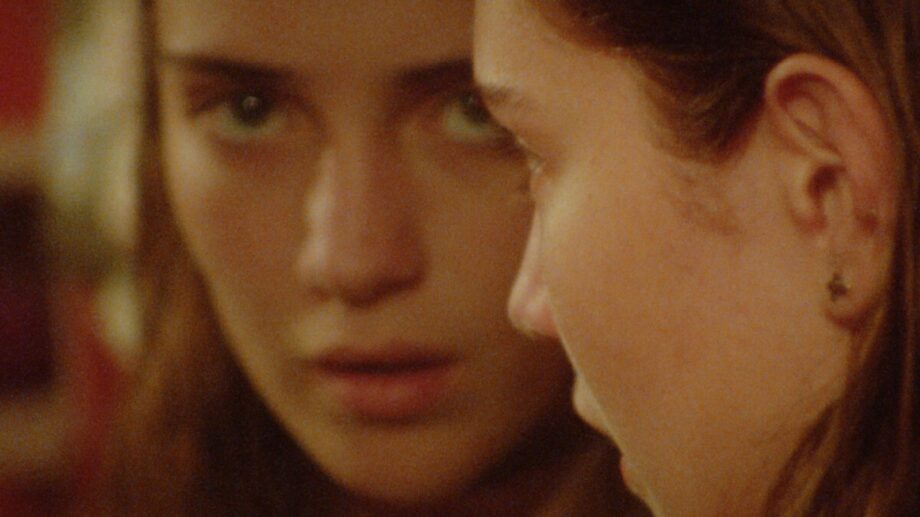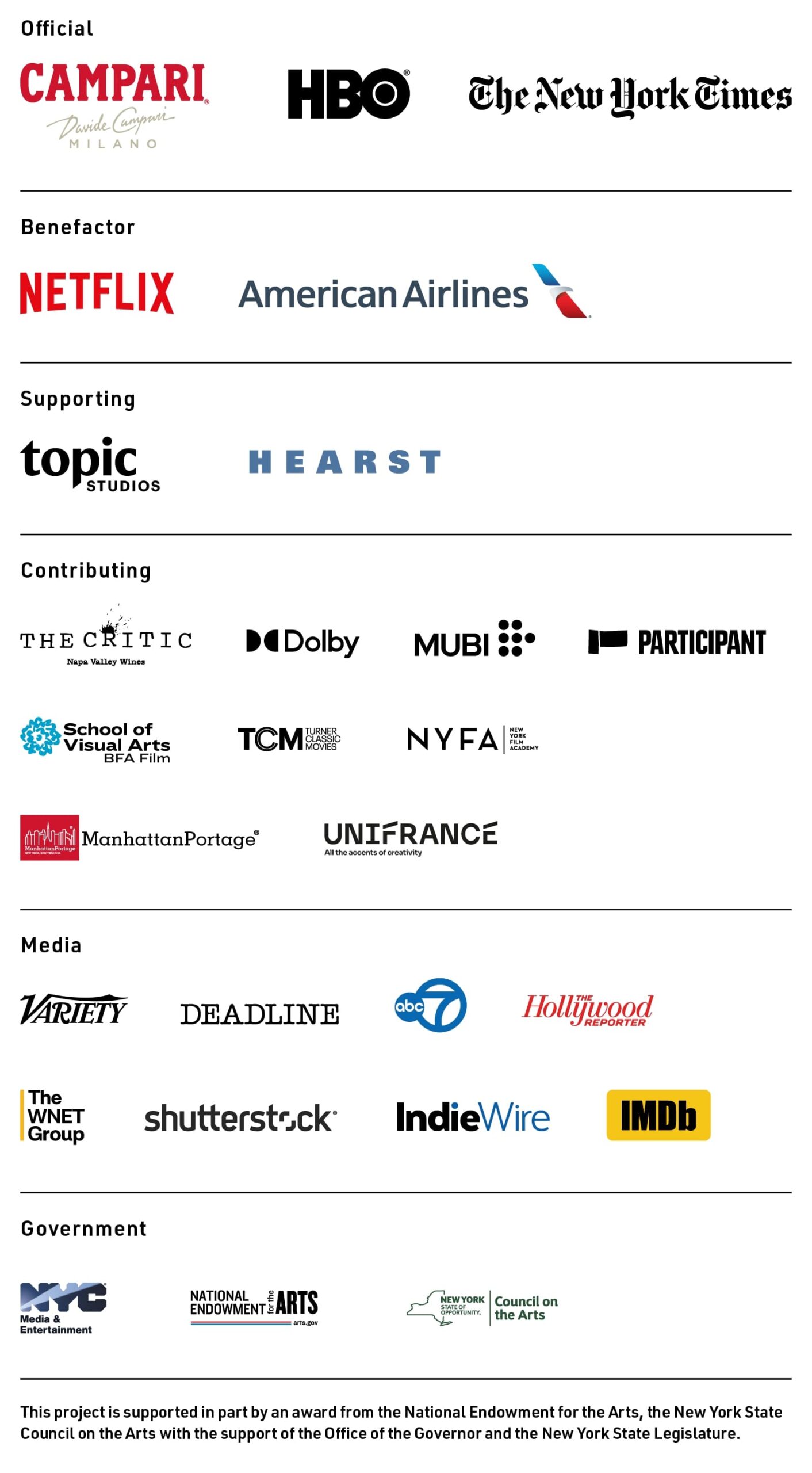In anticipation of his feature directorial debut, The Sweet East, premiering in the Spotlight section of the 61st New York Film Festival, we asked Sean Price Williams (an avid cinephile and celebrated cinematographer who has shot several previous NYFF selections) what it meant to have his film selected for this year’s lineup. Below is his thoughtful and thorough response.
A little personal history and editorial of my time with my favorite film festival in the world, the New York Film Festival.
It starts with the Toronto International Film Festival. In the late ’90s I worked at a fantastic video store chain with locations in Delaware and Maryland called Video Americain. The bosses (Barry Solan, Michael Bradley, and Dave Ostheimer) brought a crew of us to TIFF almost every year. I guess it was some sort of sensible business expense—though, in hindsight, it was clearly one of many expenses they accumulated not in pursuit of fiscal growth as much as for team building and fun. Indeed, the U.S. dollar was large to the Canadian dollar, so tickets were amazingly affordable and the program was fat with international films that would often never reach American theaters. This opportunity (plus a pullover along the way in Buffalo for some beef on weck at Charlie the Butcher’s) was enough to justify the trip. My understanding of the film festival was now formed.
In 2000, I moved to New York City, forever leaving my video store history far behind…I instantly started working at Kim’s Video. My paycheck was classic. I could not afford tickets to the festival that year.
September of next year, I found myself in Toronto again with the Video Americain gang. Affordable, but it was interrupted, like so many other things, by a famous terrorist action, which shut down the festival for the day as well as closed all Starbucks coffee shops. The following days in Toronto were extremely emotional. We needed those movies more than ever. The films generously offered relief. And the Q&As were therapy sessions for the filmmakers and audiences.
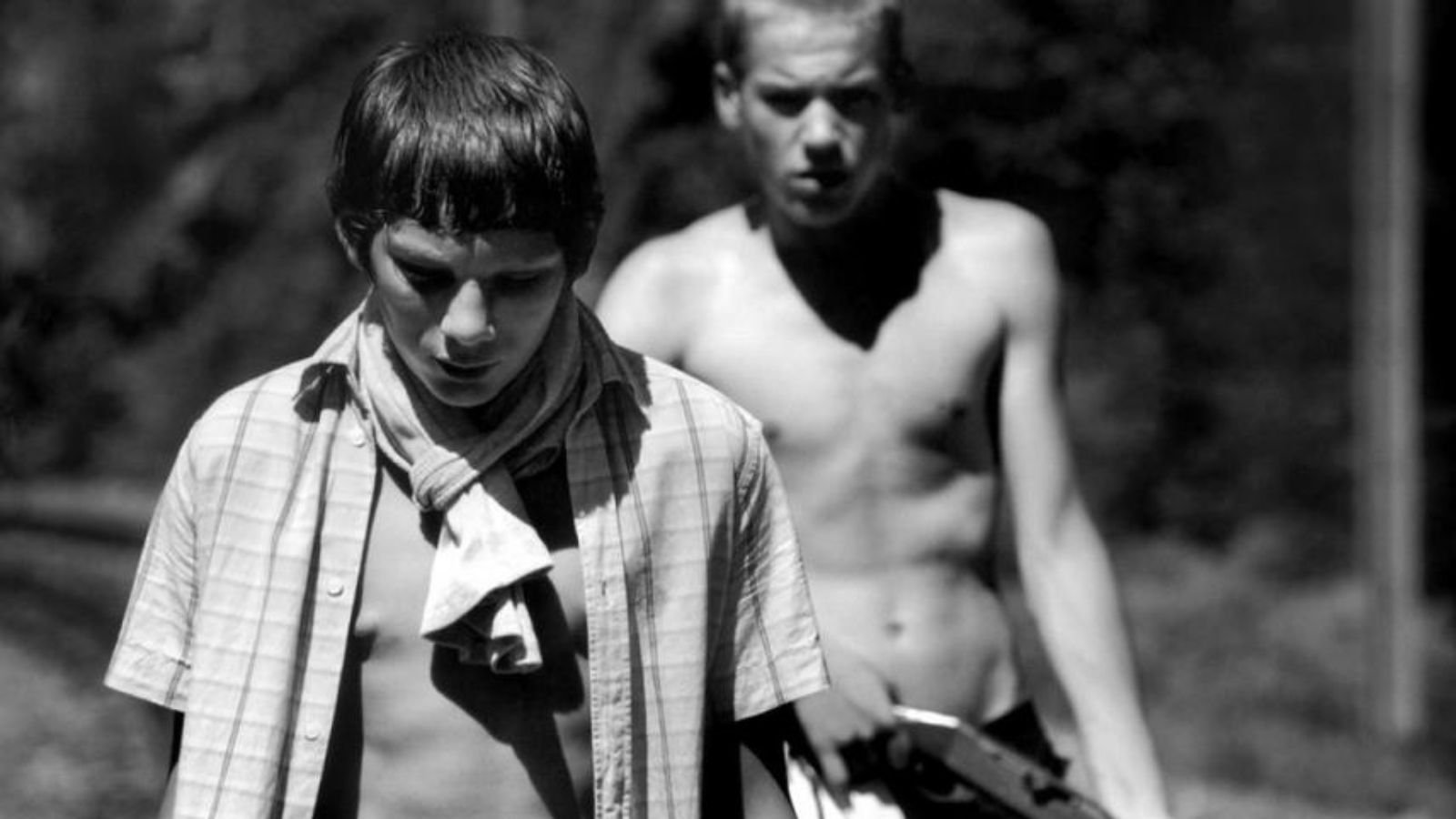
Le Souffle.
I couldn’t wait to see how the upcoming New York Film Festival might bring the world together. My first attendance at NYFF was either Fat Girl by Catherine Breillat or Le Souffle by Damien Odoul. Both were unforgettable. Breillat’s film generated such scorn and anger from the audience. If tomatoes had been admitted into Alice Tully Hall, surely Breillat would have been wearing some. I didn’t like the film either. I couldn’t tell anyone why. Perhaps it was just the energy in the room. La Souffle, however, hit me like a hammer. I was certain this was the early work of the next Tarkovsky. It felt heavy and relevant and represented the kind of work that our fragile world needed.
I would say that the audience of NYFF in the early 2000s was generally advanced in age. Each year, no film was more eagerly anticipated than one made by an octogenarian.The king of all filmmakers at this time was Manoel de Oliveira. How exciting to see a film made by a 100-year-old European. I became frustrated with the programming, so blatantly aimed at an audience that had an approaching expiration date.
My favorite theater on the entire planet, since my first screening of Stalker in 1999, and currently, is the Walter Reade Theater. Located practically next door to Alice Tully Hall, the theater defies any clear audience characteristic. But in the ’00s, the audience who could afford the Alice Tully screenings were alien to me and alien to cinema. On one occasion, at a Korean film, I overheard a man pondering the difficulty that facial recognition technology must encounter in Asia. His wife agreed.
Sometime around 2008, thanks to my friend Michael Chaiken, I had the great pleasure of having dinner with Amos and Marcia Vogel. Amos had written what I consider the single most exciting book both of film and our world, Film as a Subversive Art. He also co-founded the New York Film Festival in 1963. His connection to the festival ends quickly and he and Marcia have a lot to say about many of the essential New York film figures and establishments. I take it all as gospel.
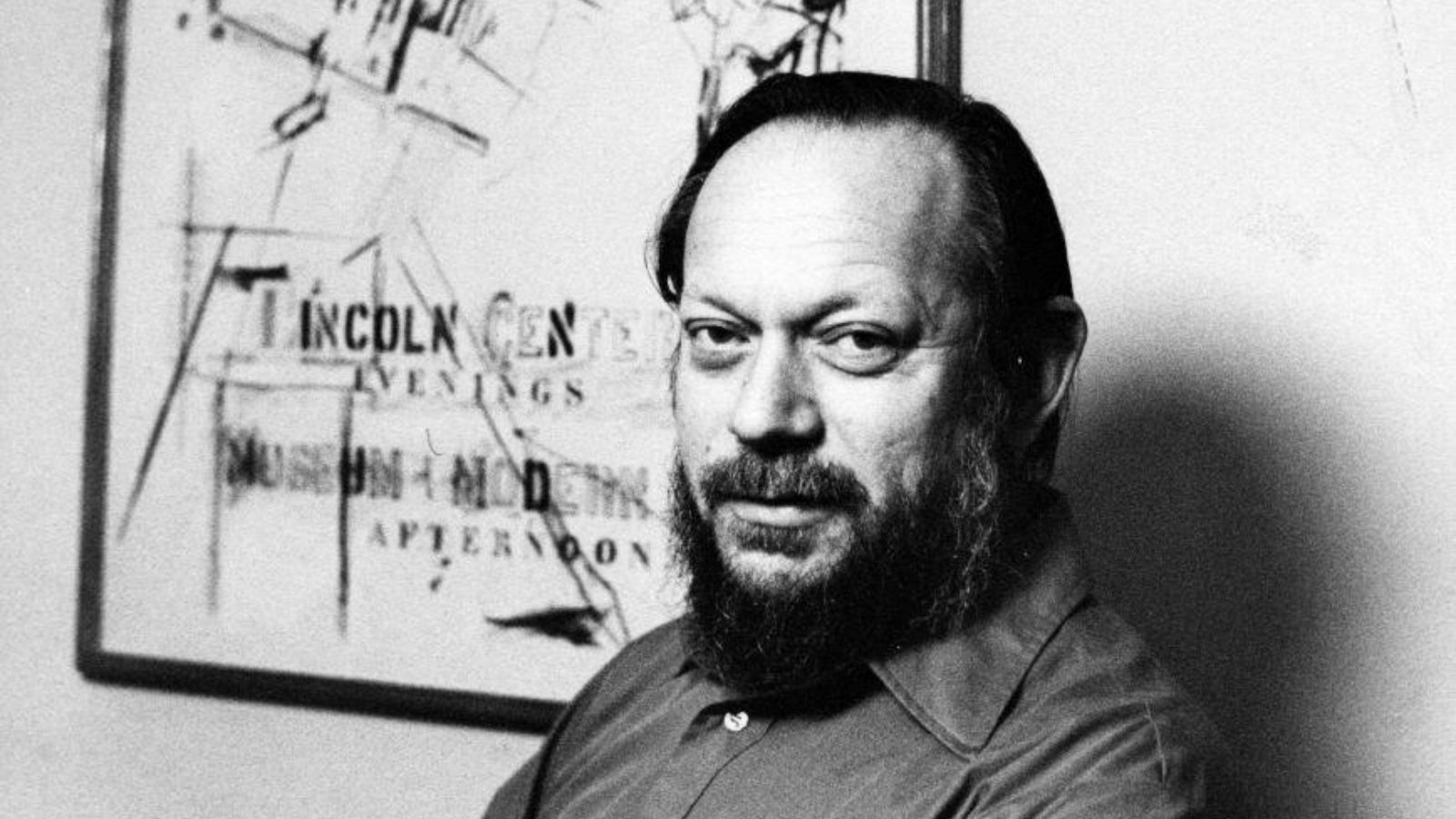
Amos Vogel.
Living in New York—living with New York—is appreciating the city’s endless volley of extreme disenchantment and extraordinary jubilation. My sentiments about the NYFF reflect this. And I am also reflected. Getting an invite to the Opening Night party (or figuring out how to punk my way in) defined periods of my life. Barging into the 2012 party at the Harvard Club with Josh Safdie, underdressed, headed straight for the buffet…Why were we there? Also, why was the party there and not at Tavern on the Green?
For a couple of years, I hustled a press pass to see early screenings. I had no right to be there, and when I was denied the next year’s, boy, was I mad.
Everyone and everything is older now, but the general audience of NYFF is much younger. The festival has turned into an essential event for international film culture. For a few weeks in the Fall, the intersection of Broadway and 65th St. hosts the wildest collection of figures of cinemas yesterday, today, and tomorrow. The current programming shows a commitment closer to the original intention of the festival, and its Artistic Director, Dennis Lim, exhibits a more tasteful wardrobe than perhaps any programmer in the history of the festival.
It’s been a few years since I’ve been to Toronto for their festival. The currency exchange isn’t as fun and the weck at Charlie the Butcher’s isn’t as salty as it was. NYC and NYFF will happily antagonize me for now.
The Sweet East makes its North American premiere on October 10 and 11 at the 61st New York Film Festival and will be released on December 1 by Utopia Pictures.


